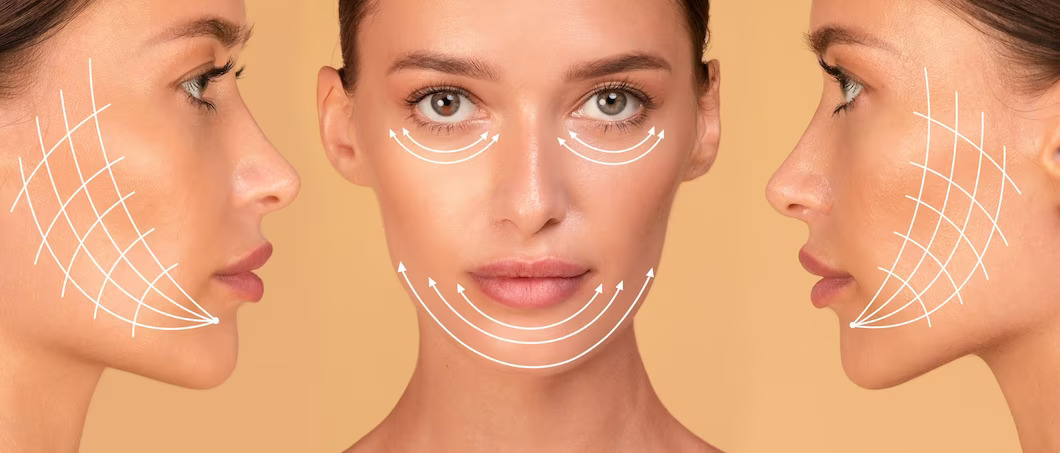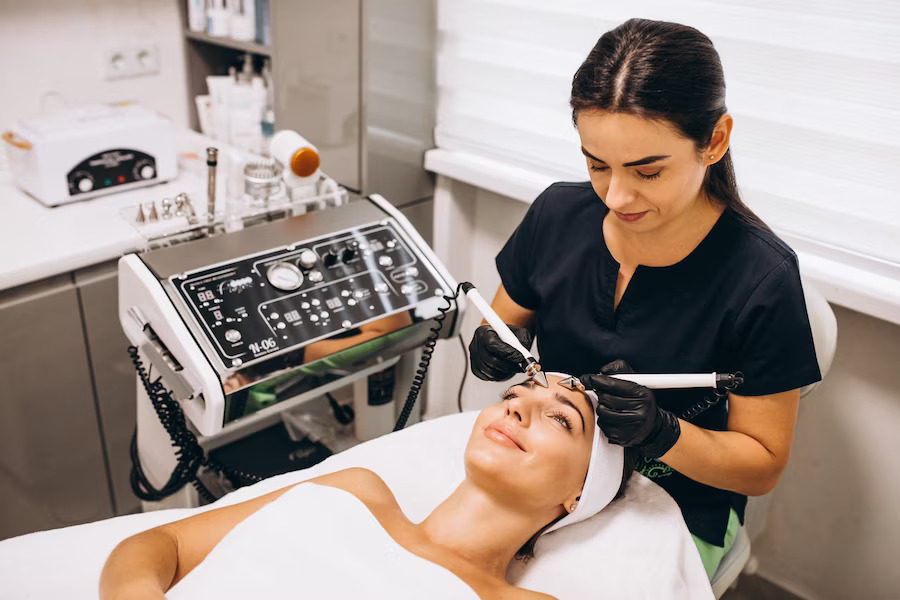Embracing Precision for Optimal Results of Deep Plane Lift
Deep plane facelifts or deep plane rhytidectomies are renowned for their unparalleled precision. By targeting the deepest layers of facial tissue, this procedure addresses specific facial structures with incredible accuracy. Expert plastic surgeons combine their talent with advanced surgical tools to perform deep-plane facelifts with the best results.
Precision in Facelifts: Why Deep Plane is Preferred
Precision is a hallmark of a deep plane facelift, setting them apart as a surgical technique that achieves exceptional accuracy. From focusing on specific facial structures to going above and beyond the reach of standard facelifts, deep plane surgeries offer unique results. Keep reading to discover the various factors contributing to this transformative process’s precision.
The Importance of Precise Surgical Technique
Facelifts that focus on deep-plane procedures require precise techniques. Precise surgical efforts are critical in meeting patients’ needs and achieving the best results. Precision plays a significant role in creating the most natural and youthful looks.
Surgeons prioritize precision to guarantee accurate results and minimize the need for overcorrection or under-correction after the initial surgery. Surgical techniques reduce the chances of complications throughout the surgery. With incredible attention to detail, doctors reduce the chance of tissue damage, excessive scarring, nerve injury, and other potential risks. A precision practice enhances your facelift results, as repositioned facial structures can retain the improved position.
Targeting Specific Facial Structures
Deep plane surgery can address individual concerns with increased accuracy by focusing on specific facial structures.
Surgeons focus on the following processes to enhance results with as much precision as possible:
Extensive Evaluation
Surgeons thoroughly assess the patient’s facial structure, skin condition, and unique concerns to create a personalized treatment plan.
Incision Placement
Strategic incisions are made within the hairline and natural creases of the face to minimize scarring and ensure optimal access to the deeper facial layers.
Dissection of Deep Tissues
Surgeons carefully separate the facial tissues from the underlying muscles to successfully reposition them.
Tightening
Doctors begin the facelift’s tightening process by shifting deep tissues to restore your skin to a youthful look.
Redraping of Skin
The skin is then draped back over your repositioned facial tissues, ensuring a smooth and natural appearance.
Closure and Wound Care
Following repositioning, doctors close the wounds using sutures and related closure techniques. This process requires extreme precision to ensure minimal scarring. Proper wound care should also be provided following surgery.
Recovery and Follow-Up
Patients are closely monitored during recovery from a deep plane surgery to ensure proper healing. Schedule follow-up appointments to allow the surgeon to assess your post-surgery progress properly.
Customization for Individual Needs
One of the notable advantages of deep plane treatments is the level of customization they offer to address each client’s unique needs. Everyone interested in facelifts has their own aesthetic goals, and as such, these surgeries are tailored to meet those specific requirements.
During a deep-plane facelift, surgeons carefully assess the patient’s facial features, considering factors like skin laxity, volume loss, and specific problem areas. This individualized method allows doctors to make precise adjustments for a highly targeted approach to facial rejuvenation.
Advanced Surgical Tools and Techniques
To perform such specialized and highly precise techniques, surgeons rely on advanced surgical tools to achieve optimal results. These tools include specialized dissectors and similar instruments designed to facilitate the dissection of deep layers of facial tissue. This advanced equipment allows surgeons to navigate through delicate structures while minimizing the risk of damage as much as possible.
In addition to these tools, advanced techniques like endoscopic-assisted surgery provide doctors the opportunity for enhanced visualization of underlying facial tissues. This type of technology enables them to perform the facelift with as much detail as possible. 3D imaging and computer-assisted surgical planning allow surgeons to simulate the procedure, allowing for a more tailored approach to facial surgery.
Precision is the name of the game in the world’s greatest facelifts. Through advanced surgical tools and customization, deep-plane surgery gives clients natural-looking and beautiful results. Doctors emphasize precision and ensure clients a fresh new look and youthful glow.



















